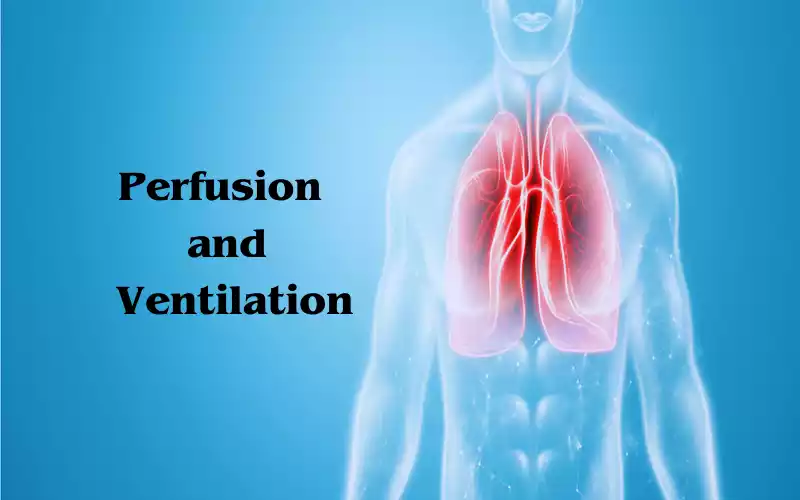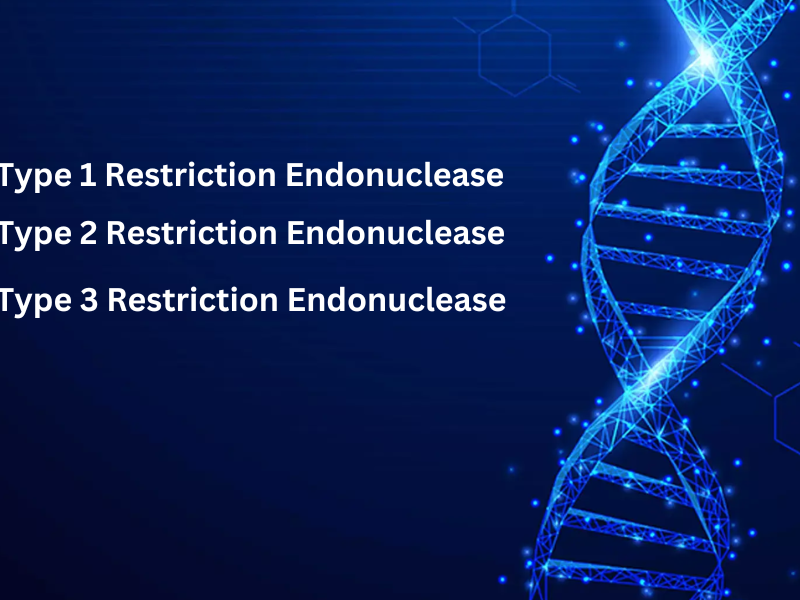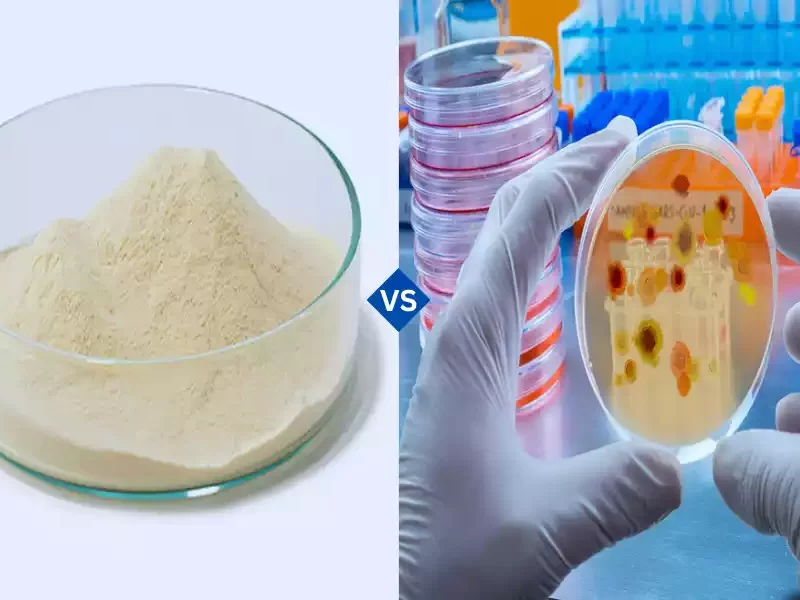Perfusion and Ventilation differ primarily because perfusion refers to the flow of lymphatic or circulatory system fluid into tissues or organs via lymphatic vessels or capillaries while ventilation refers to air flowing between its source in the environment and our lungs by inhalation and exhalation.
Ventilation and perfusion play an essential role in keeping organs like the lungs and heart functioning effectively. One of the primary functions of the lungs is to facilitate gas exchange between the circulatory system and the outer environment. The gas exchange typically starts in the lungs between alveolar air and the blood of the pulmonary capillaries in the lungs.
Perfusion and ventilation of alveoli are crucial processes that regulate gas exchange within the lung during respiration, thus making them crucial components in maintaining proper lung functioning and respiration. Perfusion and ventilation changes may lead to medical conditions like hypoxemia.
Perfusion
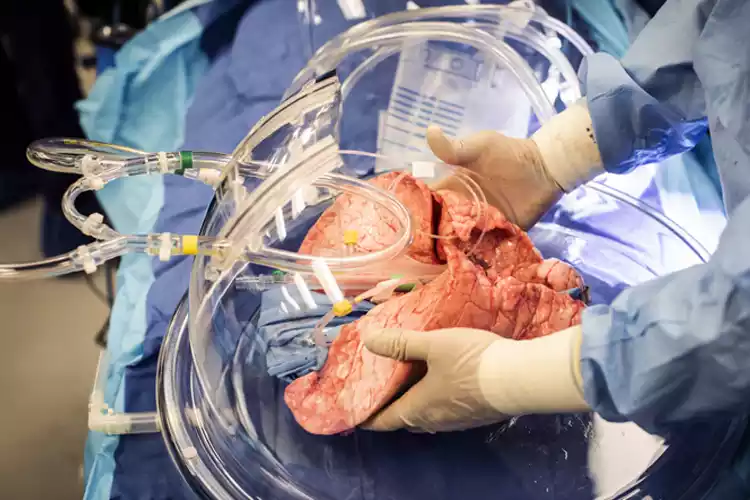
Perfusion refers to the process of providing blood to organ tissues via capillary beds. Perfusion, often measured by measuring blood flow speed to tissues, can also be expressed using SI units. Blood perfusion SI measures can be expressed using units such as meters per second per kilogram of tissue weight {m3/(s*kg)}.
Human organ perfusion is measured in ml/min/g. August Krogh first described this phenomenon back in 1920. As a result of this research he later won the Noble Prize in Physiology or Medicine for it. Krogh described how blood perfusion in muscles as well as other organs fluctuated according to need.
Poor perfusion is called ischemia. Ischemia can lead to various health conditions, such as coronary artery diseases and cerebrovascular disorders, peripheral arterial disease and other illnesses. Medical settings often use the letter Q as a symbol for perfusion, referring to cardiac output.
Ventilation
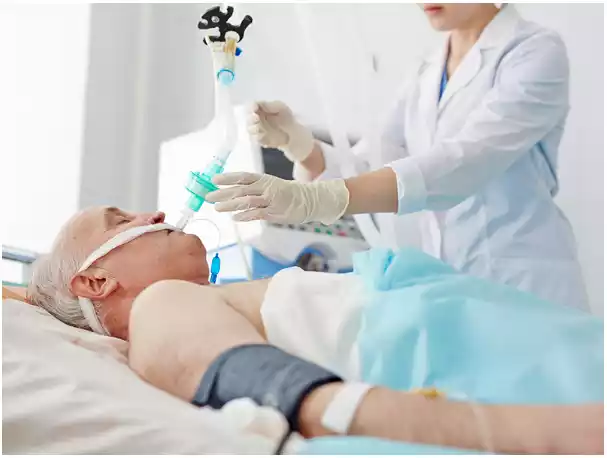
Ventilation (V) refers to the movement of air through and out of alveoli. Medicine refers to this process, in which the lungs take in air while exchanging it into their environment. This is known as pulmonary ventilation. Pulmonary ventilation is the process that enables people to breathe through physical means.
Pulmonary ventilation usually involves the respiratory system, including the nose, mouth, lungs, diaphragm, and respiratory passages like bronchus and bronchiole. At rest, an individual typically takes in and exhales approximately five to six liters of air every minute.
There is another type of ventilation which is referred to as mechanical ventilation. Sometimes, people need assistance with mechanical ventilation. Mechanical ventilation refers to the practice of exchanging gases between lung tissue and air using an external device attached to the patient.
Similarities of Perfusion and Ventilation
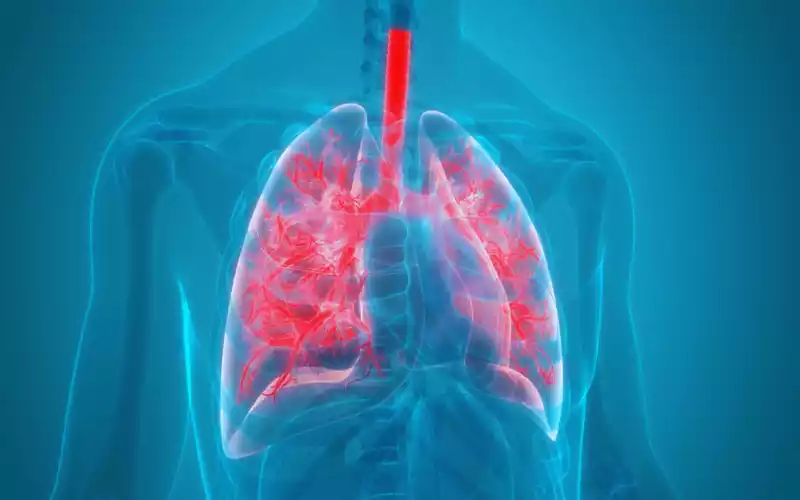
- Ventilation and perfusion play an essential role for organs within our bodies like our lungs and hearts, including respiration and perfusion.
- Mainly perfusion and ventilation are two associated processes.
- They play an invaluable role in gas exchange within the lungs and respiration.
- Variations in ventilation and perfusion lead to medical conditions, including hypoxemia and cardiovascular disease.
Comparison table of Perfusion and Ventilation
Here’s a comparison table outlining the key differences between perfusion and ventilation:
| Aspect | Perfusion | Ventilation |
|---|---|---|
| Definition | The process of blood flows through tissues and organs, delivering oxygen and nutrients while removing waste products. | The process of air movement in and out of the lungs facilitates gas exchange (oxygen and carbon dioxide) with the bloodstream. |
| Primary focus | Blood flow and distribution of nutrients and gases in tissues. | Air movement and exchange of gases (oxygen and carbon dioxide) between the lungs and blood. |
| Mechanism | Driven by the pumping action of the heart, which circulates oxygenated blood throughout the body. | Driven by the contraction and relaxation of respiratory muscles (diaphragm and intercostal muscles) to create changes in lung volume and pressure. |
| Purpose | Ensures delivery of oxygen and nutrients to tissues and organs while removing waste products. | Facilitates the exchange of oxygen from the inhaled air into the bloodstream and the removal of carbon dioxide from the bloodstream into the exhaled air. |
| Primary Control | Controlled by various factors including blood vessel dilation/constriction, cardiac output, and local tissue demands. | Controlled by the central nervous system, specifically the brainstem, which regulates the rate and depth of breathing based on blood gas levels (primarily CO2 levels). |
| Key factors | Blood flow rate, blood vessel diameter, cardiac output. | Respiratory rate, tidal volume, lung compliance, airway resistance. |
| Measurement | Measured using techniques like Doppler ultrasound, perfusion scans, and blood flow studies. | Measured through various parameters including respiratory rate, tidal volume, and various lung function tests (spirometry, peak flow, etc.). |
| Units | Typically measured in milliliters of blood per minute per gram of tissue (ml/min/g). | Usually measured in milliliters of air per breath (ml/breath) or liters per minute (L/min). |
| Importance | Vital for maintaining tissue health and sustaining metabolic activities. | Essential for maintaining proper gas exchange to support cellular respiration and acid-base balance. |
The Final Word
Ventilation and perfusion are related processes that provide essential functions for organs of the body like the lungs, brain, heart, and kidneys
Perfusion refers to the delivery of blood to organ tissues via capillaries. While ventilation describes air movement that occurs between an organism’s surroundings and its lungs through exhalation or inhalation processes.
Perfusion occurs throughout the body’s organs such as the heart, kidneys, lungs, and brain whereas ventilation occurs predominantly within the lung – thus differentiating between perfusion and ventilation.

